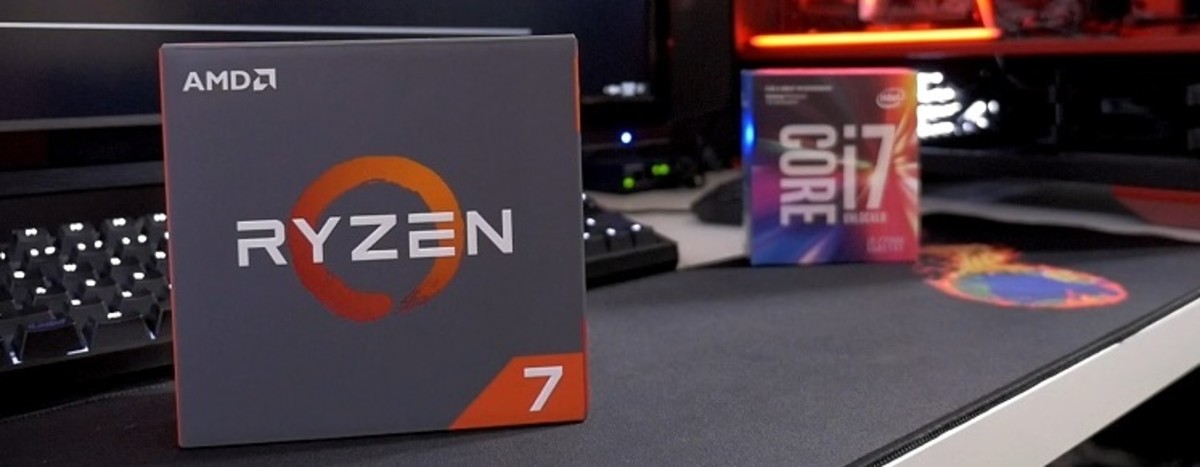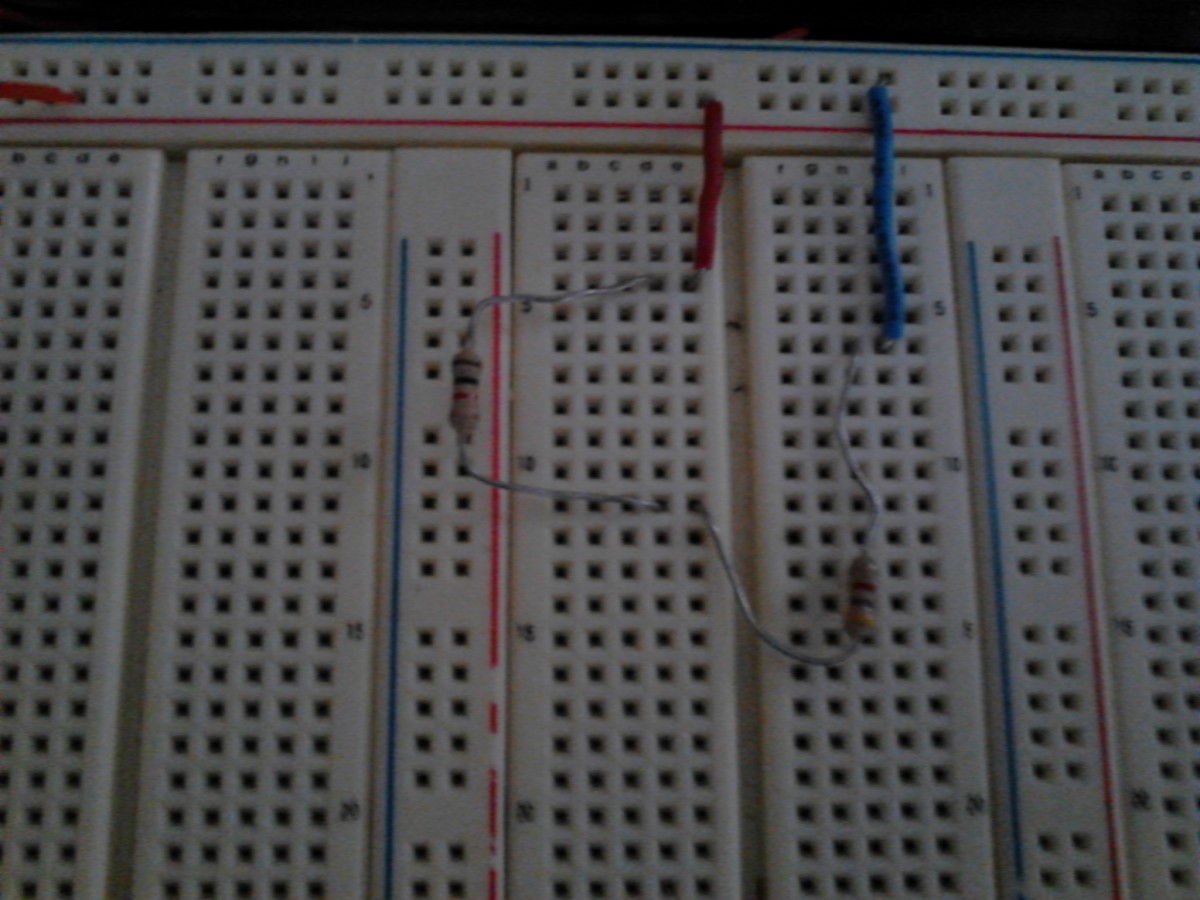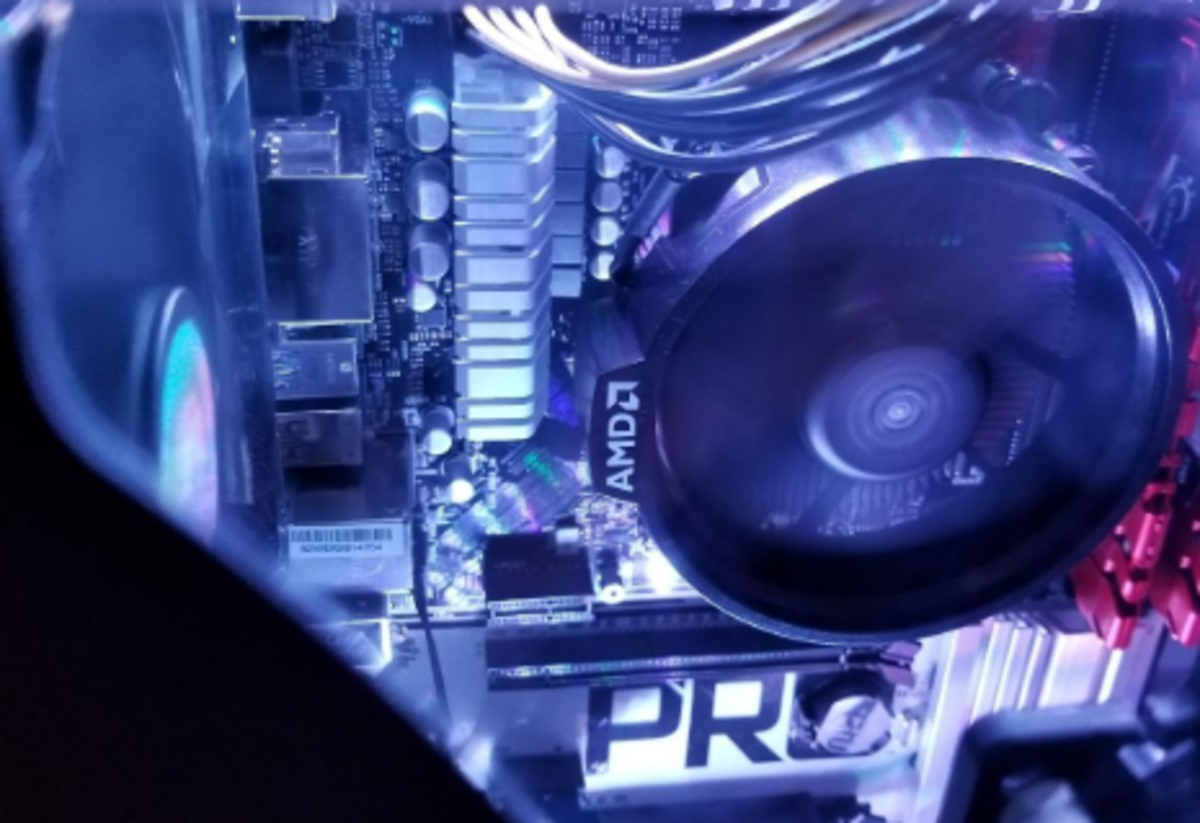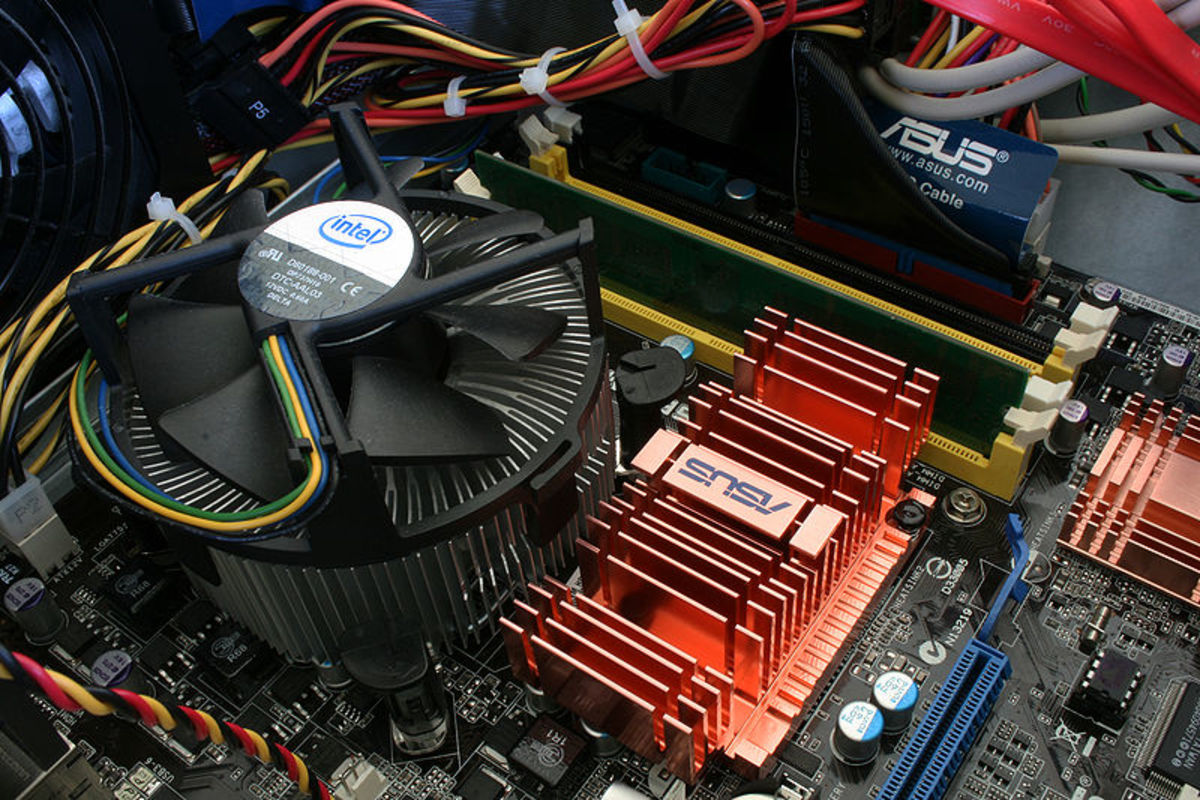- HubPages»
- Technology»
- Computers & Software»
- Computer Hardware
AMD Fusion APU Processor Specifications
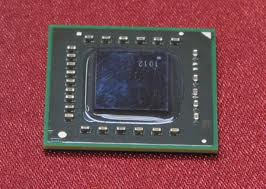
Merging CPU and GPU
This article will describe the CPU and GPU components of the motherboard, their history, and their ultimate merging in the AMD Fusion processor that combines both.
When the first home computers were released in 1977, they incorporated their own video graphics on the motherboard. As computers got more powerful, so did the graphics capabilities of the computer. The earliest computers used video of around 320 by 240 pixels and only 2 colors. When the
By 1985, the Atari ST was using a 32 bit 68000 processor controlling a 320 by 200 screen with 16 colors. A large number of original games were designed for the Atari ST that harnessed not only it's video capabilities, but also it's audio and sound capabilities. Future versions of the Atari would use a 640 by 480 pixels screen with 256 colors controlled by a 68030 processor.
Around this time, IBM was able to gain control of the memory chip market in the U.S. and eliminate most of it's competitors to their IBM PC. Even though the PC didn't have nearly the power or capabilities of it's competition, it took control of the home computer market.
Game designers switched to making games for the PC, but in doing so, they were forced to take a technological step backwards. The PC had limited graphics capabilities and no audio capabilities. It also forced them to go back to a 16 bit processor. For several years, most of the game designers worked on porting games over from earlier machines.
In 1993, a new slot was released for the IBM PC called the PCI slot. This created a new market for video card manufacturers. The video graphics card was called a GPU and included both a microprocessor and dedicated video memory. This allowed the CPU to upload all the graphics information to the video graphics card and let the GPU run the graphics processing, while the CPU continued to run separately.
Later in 1997, an AGP slot was incorporated into motherboards to allow faster communication between the CPU and the GPU on the video card. This slot later evolved to the PCI-Express slot in 1994, which eventually evolved to the PCI-Express 3.0 slot in 2010 capable of transferring 16 GB of data per second.
Video cards continued to evolve during this time and are currently ahead of game designers. Most new video functions are focused on shadows and lighting as speed of drawing and smoothing of pixels has exceeded the visual capabilities of the human eye. Video cards have probably reached the same point that audio cards reached many years ago.
While the video card has continued to evolve, the number of transistors that can be placed on a single chip has increased geometrically over time. This led to AMD announcing that it would begin combining the CPU and GPU merging onto a single chip. This new chip would be called an APU and would use Fusion technology.
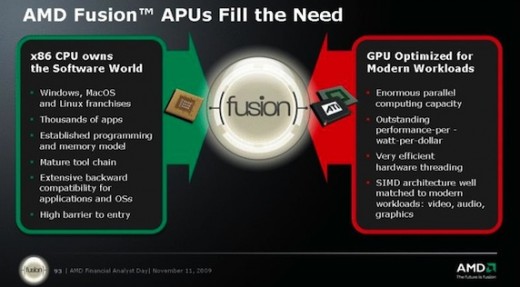
Higher Performance for Less Money
In 2010, AMD demonstrated their new chips at the CNET trade show in Taiwan. The first two families of chips combining the AMD processor with a GPU are called the Ontario and Zacate. These form the C-30, C-50, E-240, and E-350 chips.
Ontario C-30: 1 CPU @1.2 Ghz, 40 nm process, 9 Watts
Ontario C-50: 2 CPU @1.0 Ghz, 40 nm process, 9 Watts
Zacate E-240: 1 CPU @1.6 Ghz, 40 nm process,18 Watts
Zacate E-350: 2 CPU @1.5 Ghz, 40 nm process,18 Watts
These chips are appearing in powerful new laptops and netbooks. They are powerful enough to play games like Starcraft 2 and City of Heroes. They will allow viewing of high definition movies without dropping any frames.
And they can do this at a very low price as shown in the Amazon laptop ad shown below. This is a laptop (netbook) that is capable of playing Starcraft 2, City of Heroes, World of Warcraft, or Crysis.
Low Cost AMD Fusion APU Laptop - Netbook
Future Power with Lower Prices in 2012
This technology will only get better. AMD plans to release the following chips which will produce even better performance for both laptops and desktops:
Llano : 32 nm, 2-4 cores, 25-60 watts, Late 2011
Wichita: 28 nm, 1-2 cores, 9 watts, 2012
Krishna: 28 nm, 2-4 cores, 18 watts, 2012
Trinity: 32 nm, 2-4 cores, 25-95 watts, 2012
The Llano and Trinity line of chips are mainly for desktop computers, although they will probably also appear in some powerful laptops. They should also result in some super low cost gaming motherboards. Here is why.
Most motherboards designed for powerful gaming computers need to incorporate a PCI-Express slot with associated circuitry for that slot. Since the GPU is on the same chip as the CPU, a small and elegent motherboard could be designed with no slots. Not only would a new gaming computer save money on the need to get a video card, but the motherboard would also save money from the lack of incorporating all those extraneous slots.
Intel versus AMD - Future Technology
Intel will not continue to sit by while AMD produces even more powerful APUs that combine the power of both the CPU and GPU. Intel's Atom processor incorporates a very weak onboard video processor that was intended for non-game use.
Intel is a large company with a huge research and development laboratory. They will certainly start to incorporate a gaming level GPU on some of their future chips. They might even buy Nvidia to get access to their technology and designs.
At some point this will result in some heated competition for APUs that combine powerful CPUs and GPUs. We are already at the point with video graphics cards that are several years old still being able to play the latest games with no problems. By 2020, I expect that we will see APUs by both Intel and AMD that will exceed today's fastest gaming machine.
I imagine that around that time, we will start to see the end of the discreet video card. Once again, we will have a motherboard that has sufficient graphics capabilities to satisfy anyone, but the most hardened aficionado of the latest computer game hardware. Discreet video cards will be as rare as discreet audio cards.
When that day comes, I imagine that computers will truly become a standardized commodity. Prices will be low with maximum performance. And the games? They will be even better!


